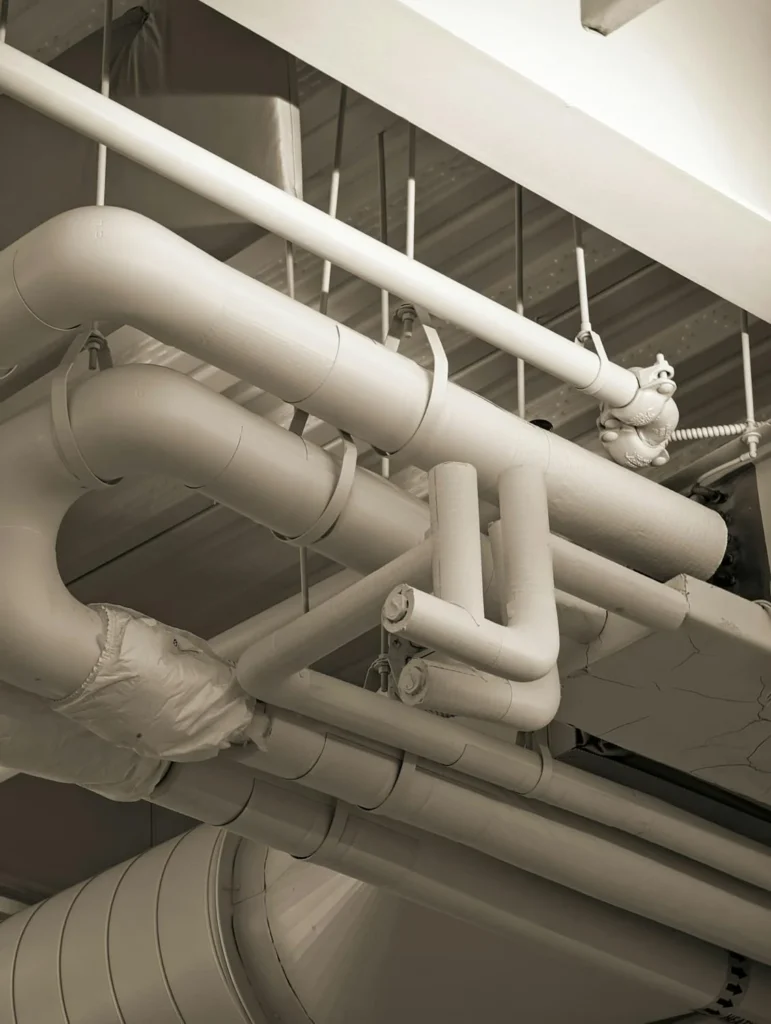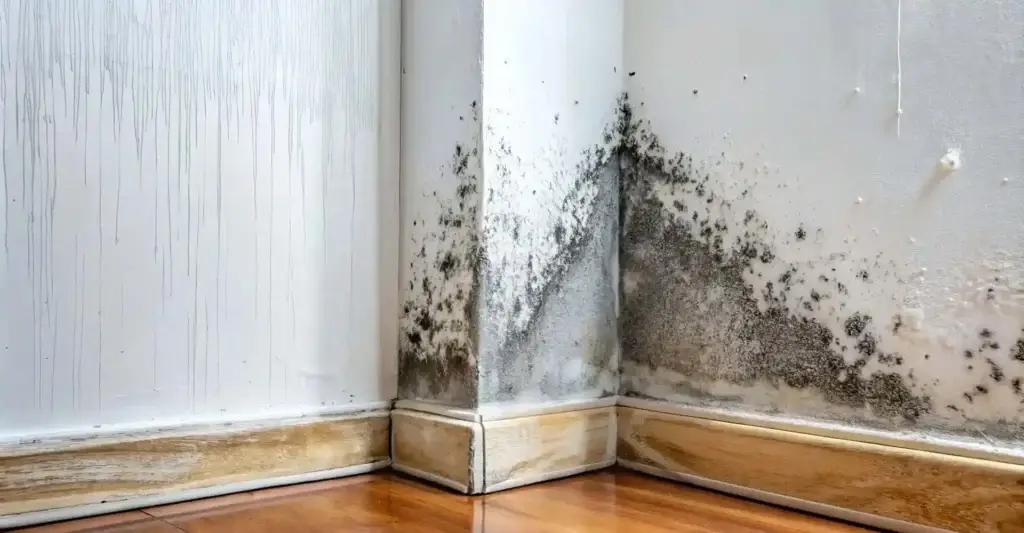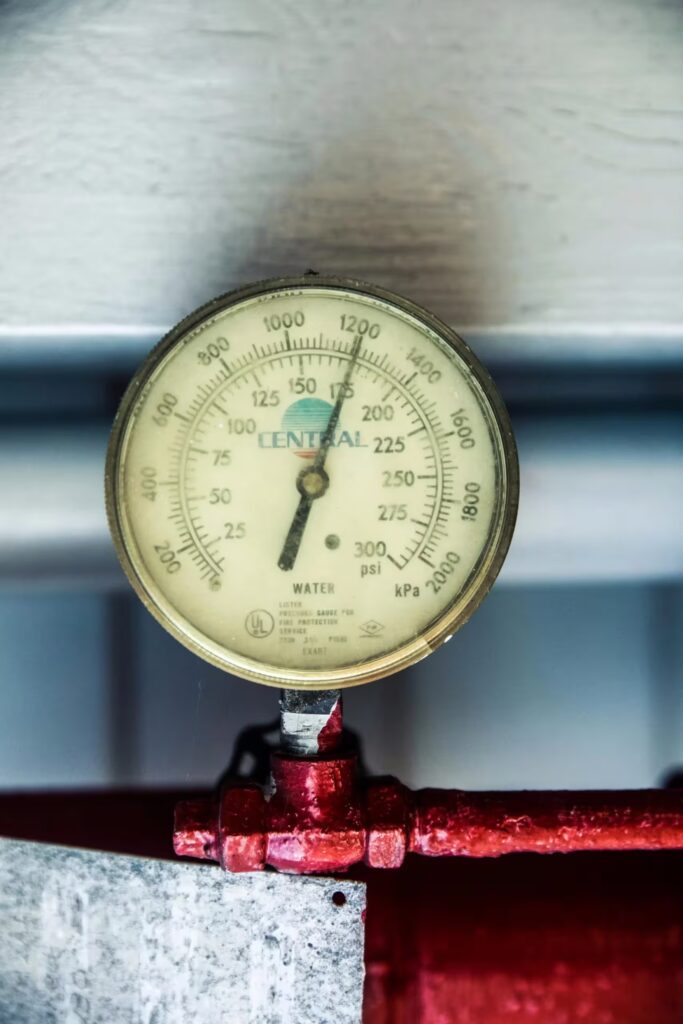Damage restoration is crucial for properties in Kent, London, and the Home Counties due to a unique combination of regional risks. These areas frequently face challenges from aging infrastructure increasing the likelihood of burst pipes and fires, a heightened risk of surface water flooding due to extensive urbanisation, greater fire risks from urban heat islands, and severe storm exposure causing widespread damage. Additionally, rapid urban development can strain drainage systems, leading to overflows. Professional damage restoration is vital not only for repairing properties after these incidents but also as a proactive measure to ensure resilience, safety, and long-term liveability against these specific environmental and infrastructural challenges.
Skip to:
UK Damage restoraiton in the South-East
Why damage restoration is not just a reactive service
UK damage restoration in the South-East
Living in South East England comes with many advantages such as, proximity to London, diverse landscapes, and rich architectural history. However, homeowners and business owners in Kent, London, and the surrounding Home Counties also face specific environmental and infrastructural challenges that make property damage, and therefore a need for damage restoration services, more likely than in other parts of the UK.
What is damage restoration?
Damage restoration is the process of repairing and restoring a property that has been affected by disasters such as flooding, fire, and the environment. For homeowners and businesses across Kent, London, and the Home Counties, this service is essential to return your property to a safe, liveable condition after unexpected damage.
Whether it’s water damage from burst pipes in winter or fire and smoke damage following an electrical fault, professional damage restoration ensures that your property is cleaned, repaired, and protected against further issues like structural deterioration or health hazards.
Why damage restoration is not just a reactive service
Aging infrastructure in historic areas
From Victorian terraces to Georgian townhouses, many properties in London, Kent, and the Home Counties feature original plumbing, roofing, and electrical systems that are decades, if not centuries, old. These older systems are more prone to failures that can result in:
- Burst or corroded pipes (a common cause of water damage).
- Electrical fires due to outdated wiring.
- Damp and mould caused by poor ventilation and insulation.
Ideal Response tip: If you live in a period home, consider a professional property audit to assess and modernise critical systems.
Increased risk of surface water flooding
Unlike rural areas, towns in Kent and Greater London have vast surfaces covered in concrete, tarmac, and paving, which prevents natural absorption of rainwater. During heavy rainfall or storms, this leads to:
- Sudden surface water flooding.
- Overwhelmed drainage systems.
- Flash floods in low-lying areas like Maidstone, the borough of Kensington and Chelsea, and Whitstable.
In fact, the Environment Agency ranks parts of Kent and South East London among the top flood-risk zones in the UK for surface water. In addition, In London, the frequency of flooding incidents has been notable. According to the UK government’s statistics, Greater London had the highest rate of flooding incidents per 100,000 people, with a rate of 90.9 in the year ending March 2024.
Be prepared: Install flood-resistant doors and use flood barriers if you’re in a known risk area.
Urban heat islands and fire risk
London and its commuter belt often experience higher temperatures than surrounding rural areas due to the “urban heat island” effect. While this might seem harmless, higher temperatures in summer months increase:
- The risk of fires in older buildings.
- The likelihood of overheating electrical systems and causing electrical fires.
- The growth rate of indoor mould because of high humidity and then sudden cooling.
Ideal Response tip: Ensure your home has adequate insulation and ventilation, especially in lofts and basements.
Storm exposure along the coast and the Downs
Coastal towns like Whitstable, Dover, and Hastings, as well as elevated regions of Surrey and Sussex, are often the first hit by Atlantic or North Sea weather systems. High winds and driving rain can:
- Rip tiles from roofs causing water ingress.
- Uproot trees and damage exteriors of buildings.
- Cause internal leaks through windows and doors.
These types of damage often require immediate restoration to prevent long-term issues like wood rot and black mould caused by damp.
Rapid urban development and strain on drainage systems
The population of the South East is booming. New-build estates, especially around Ashford, Dartford, Guildford, and Maidstone, have grown rapidly. But in many cases, modern drainage hasn’t kept pace with development, creating:
- Overflowing gutters and blocked soakaways
- Sewage backups during storms
- Increased pressure on local restoration services, slowing emergency response times
Ideal Response tip: Don’t rely solely on new-build warranties. Have your own annual inspections and keep maintenance logs for insurance purposes.
Insurance considerations and preventative measures
Many homeowners are unaware that their location can affect their insurance premiums and claim success. For instance:
- Flood-prone areas may have higher excess or be excluded from standard cover.
- In London, insurers increasingly scrutinise flat conversions and shared pipework.
- Coastal homes may be subject to different mould and damp allowances due to proximity to sea air.
Ideal Response tip: After damage restoration, ask your provider to document the restoration process thoroughly. These records can help you negotiate with insurers or evidence resilience upgrades for better premiums.
What to look for when choosing a damage restoration company
When selecting a restoration service, consider the following:
Certifications and accreditations: Ensure the company holds relevant certifications and adheres to industry standards.
Experience: Look for companies with a proven track record in handling similar damage scenarios.
Local knowledge: Firms familiar with regional challenges can provide more tailored solutions.
Insurance know-how: Companies that assist with insurance claims can streamline the restoration process.
Conclusion
Damage restoration is a critical service for homeowners and businesses facing unforeseen disasters. Understanding the processes, costs, and regional factors can empower people in Kent, the Home Counties, and London to make informed decisions and ensure their homes and businesses are protected, resilient, and quickly restored should the unexpected happen.
For fast and reliable damage restoration in Kent, London or the Home Counties, contact one of the team for a free quote and rapid response.
UK damage restoration for the South-East: Frequently asked questions
Why is damage restoration especially important for properties in Kent, London, and the Home Counties?
Damage restoration is crucial in Kent, London, and the Home Counties due to unique regional risks. These include prevalent aging infrastructure, a high likelihood of surface water flooding in urban areas, increased fire risks from urban heat islands, and frequent storm exposure. Professional restoration helps proactively mitigate these specific threats and ensures property resilience and safety.
What specific regional risks contribute to property damage in London and the Home Counties?
Properties in London and the Home Counties face heightened risks from aging plumbing and electrical systems (leading to leaks and fires), surface water flooding due to extensive paving, the urban heat island effect increasing fire risk and mould growth, and direct storm exposure causing structural damage. Rapid urban development also strains local drainage systems.
How does aging infrastructure impact property damage risks in South East England?
Many properties in South East England, particularly in London, Kent, and the Home Counties, feature decades-old plumbing, roofing, and electrical systems. This aging infrastructure is more prone to failures, leading to common issues like burst pipes, electrical fires, internal water damage, damp, and mould growth, significantly increasing the need for professional restoration.
Are properties in London and Kent at higher risk of flooding?
Yes, parts of London and Kent are at a significantly higher risk of flooding, particularly from surface water. The extensive concrete and paving in urban areas prevent natural water absorption, leading to overwhelmed drainage systems and flash floods during heavy rainfall. Greater London, for instance, has reported a high rate of flooding incidents.
What types of damage can severe weather cause in coastal and elevated areas like Kent?
Properties in coastal towns and elevated regions of Kent are frequently hit by severe weather. This can lead to significant damage such as ripped roof tiles, uprooted trees, external damage to building exteriors, and internal leaks through windows and doors, necessitating specialised restoration services.
How can professional damage restoration help mitigate these regional property risks?
Professional damage restoration services offer a comprehensive approach to mitigate regional risks by quickly assessing damage, implementing effective repairs and restoration to prevent further issues, addressing underlying causes like moisture, and helping properties become more resilient against future incidents. They often assist with insurance claims and provide crucial local expertise.

Chris Hedges - Head of Marketing
With over 25 years' experience, Chris is adept at defining and driving strategy, while also enjoying hands-on operational delivery. He believes in an equal blend of creativity and analytical scrutiny, always finding inventive ways to achieve objectives, underpinned by evidence. Chris’s philosophies are simple: don't overcomplicate, always prioritise customer experience, and bend the rules just enough to cut through the noise and drive momentum and growth.





















